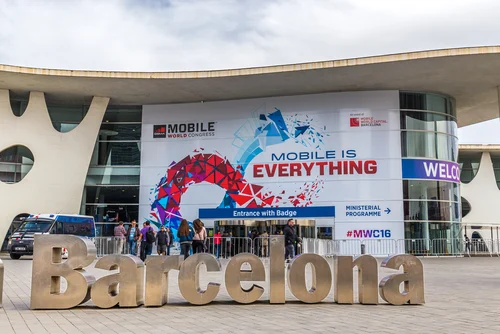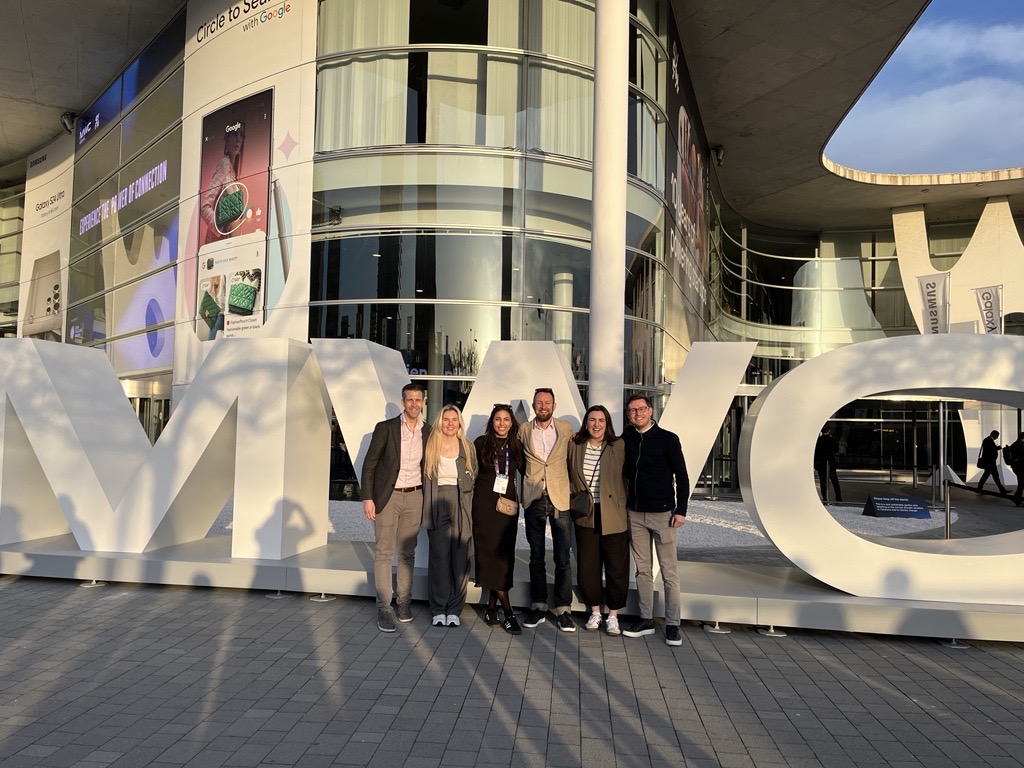Now, I can’t speak for all of them, but I can recount the last 14, which I have attempted to do in this five-part blog series. I have also included details of show attendance so you can see the steady increase in delegates, as well as the occasional wobble. It’s fascinating to reflect on how the show has evolved with the industry for many years. I’m certain it will make a lot of you feel very old – especially for those of you that can think back even further.
Enjoy!
3GSM World Congress 2005 – Last show in Cannes, my first show
The world was anticipating slimmer, 3G phones. Some random abbreviation called HSDPA was being touted – and in card format. Wi-Fi phones were rumoured to be a possibility, though many believed the necessary integration would prove too troublesome. People were still raving about the Lucent party the year before (where Lionel Ritchie appeared), but tickets to the Nokia party in 2005 were the hottest in town. Nokia was in its prime, sending 700 people to the show. Jorma Ollila was CEO, Arun Sarun had the top job at Vodafone, Rene Obermann at T-Mobile and Sanjiv Ahuja at Orange. Siemens still had a major mobile presence (as evidenced by the massive ship in the harbour, it would return to Barcelona the following year). The world knew the show had outgrown Cannes (just a measly 38,000 visitors), Barcelona was to be next.
3GSM World Congress 2006 – The Barcelona bow
More than 50,000 people visited the Fira de Barcelona at Montjuic. Reports suggested that more people attended the opening day in 2006 than attended the whole event the year before. The number of exhibitors increased by 40 percent. The handset companies were the main draw as the mobile world tried to embrace 3G. Having said that, in true mobile industry style, HSDPA handsets were being discussed. Back then the handset market was massively competitive with Nokia, Sony Ericsson, Samsung, BenQ-Siemens, Motorola, Sagem, LG, Sharp, NEC, HP, i-Mate (first sign of a Microsoft OS) and Pantech all showcased their latest devices. The clamour around 3G and HSDPA meant services like mobile email, mobileTV and mobile broadband services created real excitement.
3GSM World Congress 2007 – HSDPA, DVB-H, NFC, GPS and PDAs
55,000 visitors, 1300 exhibitors. Attentions really focused on the monetisation of mobile broadband in 2007. HSDPA (3.5G) was getting closer, the mobile broadcast service DVB-H was unveiled, NFC looked to make mobile payment technology a thing (finally) and GPS became an enabler of LBS. The mobile industry’s commitment to a good acronym has always made me smile. Nokia and the other handset manufacturers thought the future lay in PDAs with QWERTY keypads, while it was close to formalising a massive merger with Siemens Networks. Craig David entertained the delegates while Omnifone stole the show with the launch of its MusicStation service. It was to be delivered through operators and OEMs, to try and give both meaningful skin in the game if they chose to embrace it. The company would be placed into administration 9 years later. Google acquired YouTube the previous November. The web company was becoming a giant and the mobile industry wasn’t really paying attention.
Stay tuned for memories of the 2008, 2009 and 2010 shows tomorrow!















